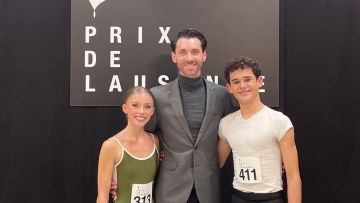Q&A with Academy Director, Christian Tàtchev
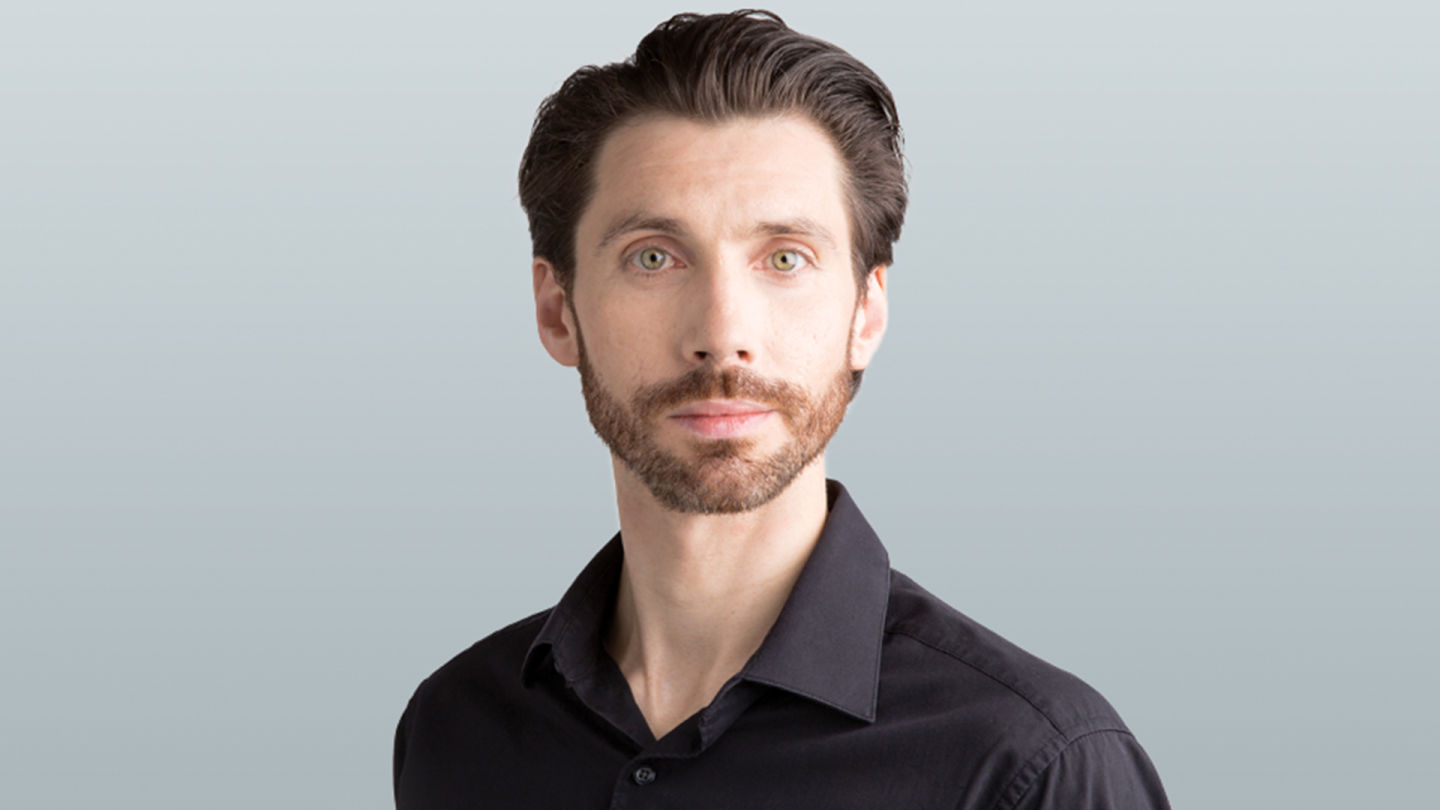
Light, warmth, and state-of-the-art spaces are the first things you notice upon entering Queensland Ballet Academy. The environment is a world away from Academy Director Christian Tátchev’s own beginnings at a ballet school in pre-democratic Bulgaria, but he was determined to place nurture and wellbeing alongside professional training at the Academy’s heart. From dancing Principal roles at 18-years-old (including his first Swan Lake at 19) to training the Queensland Ballet Company while training with the Company in the late 2000s, here Christian shares stories about his journey from Sofia to Brisbane and everywhere in between.
Your training experience in Bulgaria was quite different to the training you oversee at Queensland Ballet Academy. How did you develop a love of ballet?
I didn’t love it at the beginning, I hated it actually. When I was six, some people came to our school to identify potential talent. They checked our feet, and we didn’t know what they were doing at all, and I was chosen to do ballet lessons. I travelled to the creative centre of my city and tried it for a few months, and really did not enjoy it, so I left.
Then at nine-years-old, my mother encouraged me to audition for the national school in Sofia and they took me, and my whole family relocated to the city. It was a really rough start: long days, early mornings, sometimes going into late evenings, five-six days a week, the teachers were very tough, I was really young, and often felt lonely. I wasn’t enjoying it and was considering leaving. But funnily enough, that year I went to see the Varna International Ballet Competition for a first time.
What happened?
It’s the oldest ballet competition in the world and there were so many people from across the globe which, unless they were from another communist country, I’d never been exposed to before. They were all from different places – France, the UK, the US, all speaking different languages, and they were incredibly beautiful and inspiring. And I thought, this is amazing, this is what I want to do. That’s when I made the decision to become a dancer; it was the turning point, it was almost like a switch.
You began performing with contemporary company Ballet Arabesque in Sofia and the Sofia National Opera and Ballet. What are your highlights from this time in your career?
The school and company belonged to the state, so when I was graduating at 16, I had already been offered a position at the Sofia National Opera and Ballet. We toured Europe, which was beautiful, especially as I was so young and had never experienced anything like that before. While we were touring, a friend showed videos of my dancing to the director of PACT Ballet (the Performing Arts Council in Transvaal) in Pretoria, South Africa, and by the time I arrived home, that company had already sent a contract, organised my visa and was enquiring when to book my flight. It was incredible timing as I had just been conscripted to the National Service in Bulgaria, so I had to make a quick decision. Life in Bulgaria was tough at that time – communism had just collapsed, and I remember my mother saying, ‘I don’t want to let you go, but you need to go – this isn’t the best place for your career prospects or quality of life right now.’ This was hard to hear, and I know even harder for her to say.
Tell us about dancing in South Africa.
PACT in South Africa was a large company with an extraordinary repertoire. We did everything: every classic you can think of as well as Balanchine, MacMillan, Ashton, Cranko… What was also amazing about the theatre was that it had the opera, the contemporary company, the ballet company, the orchestra and the drama theatre all in one space. It was a very collaborative experience, and I made great friends, and also met a beautiful girl who is now my wife (Queensland Ballet Ballet Mistress Zenia Tátcheva). After five years, Zenia and I moved to Cape Town to join the Cape Town City Ballet and two years later returned to Pretoria to join a the newly established South African Ballet Theatre (now Joburg Ballet, based in Johannesburg).
How did you find your way to Queensland Ballet?
In 2008, Zenia and I felt it was time for a change. We wanted to find a company that would offer a similar lifestyle, but different. We were invited by former Artistic Director, François Klaus, to dance in Queensland Ballet’s International Gala here in Brisbane and spent a week working with the Company. We performed The Nutcracker pas de deux, and a pas de deux from Kenneth Greves’ Hamlet. At the end, we met with François and discussed the possibility of joining Queensland Ballet.
We loved Brisbane from the day we arrived. We stayed in Southbank, and I remember catching the ferry to West End; it was a very sunny day in the middle of ‘winter’, and what we saw were beautiful boats on the river, friendly people, and just a very good quality of life.
From Principal Dancer to Ballet Master?
I’ve always loved teaching. My first experience was in 2002 while we were living in Cape Town and it wasn’t even to ballet dancers, it was to ice-skaters! But I’ve always been the dancer that asks the choreographers and repetiteurs those annoying questions about pathways, or how would you want this done? What's the transition here? So, it was a logical progression for me. In South Africa in 2006 to 2008, I was both a Principal Dancer and a Repetiteur, and had started teaching at their Academy– long hours, but I enjoyed it, so I always knew I would teach when I stopped dancing.
When Li (Cunxin) arrived at Queensland Ballet, I had just become a Ballet Master in addition to a Principal Artist again: training the Company and training with the Company at the same time. I was managing injuries and not performing much at the time, so I knew I had to make a decision soon. I remember Li asking if I was sure I wanted to give up dancing and I said ‘I think I’m done. I’m happy’. I started performing principal roles very young, I did my first Swan Lake at 19, and had already danced most roles I really wanted to. I was very lucky, and I was ready to begin a new chapter.
Queensland Ballet Academy was created in 2016 – how did this come about?
In 2012, Li said to me ‘I like your training, you understand training, I want you to build an Academy for the Company’. At the time, there was the Queensland Dance School of Excellence (QDSE), an organisation which we acknowledge and respect today as it paved the pathway for the us. We have continued that legacy and the legacy of Charles Lisner, but to meet Li’s new vision, we approached the government with a new proposal. The reason was that although a relationship between QDSE and the Company did exist, we did not have full artistic control over the delivery of the training. We grew our training programs slowly from 2013, some of them, like our pre-professional course, although very different then were already in place, and in 2016 we consolidated all programs forming the Academy. We’re very fortunate that we are part of the Company, we’re part of the industry, we’re not a standalone organisation.
What type of approach do you use for training?
Any system is only as good as the teacher that provides it. At the Academy we use the Vaganova philosophy in the younger levels because it is designed to establish a strong foundation and develop coordination. The teacher can decide in which order to teach and combine the material so there is quite a bit of flexibility in the approach. Then you can manage the students in front of you rather than giving them a fixed set of steps they have to do whether they are ready or not. We have to acknowledge that the industry continues to evolve, so as our students get older, we seamlessly introduce a more professional approach. Because of our connection with the Company, we can evolve our training to meet industry needs with ease.
The Academy has a holistic approach to the wellbeing of each individual student. How did this evolve?
The industry has really changed, and Queensland Ballet looks after the dancers very well. With younger dancers we need to be even more nurturing, so we have sessions on sports psychology and wellbeing; we have physios onsite which are free for the upper levels and Pre-Professional Program students; we have safe dance practice discussions and training; we have a network of specialists we trust that treat the dancers. We also have a Wellbeing Manager so that at any point in the day if a student is not feeling strong or well they can be supported. The teaching staff also receive professional development in this area throughout the year. To my knowledge, this organisation offers much more than any other, because in addition to what is being offered here, they have everything our academic partner, Kelvin Grove State College, offers all on the one site. But I want to acknowledge that I have an amazing team at the Academy, who are incredibly passionate and driven. I am very, very lucky to have them.
Favourite aspect of your job?
I love everything about my job. I’m often challenged, I’m human, I get tired or overwhelmed, but I’ve promised myself the day I go home and I don’t want to come in the next day, it will be time to leave. It hasn’t happened yet.
And finally, any advice for young dancers out there?
Years ago, a Bulgarian Principal Dancer said something which quite resonated with me. He said, ‘80 per cent of your performance is confidence’. And I thought that was quite interesting, thinking ‘what about hard work and strong technique? Now, with a bit more maturity, I think, if that's there, and you’re comfortable and confident presenting it, it will be there for you onstage. If you go onstage - no matter how talented you are or good your technique is - if you're too scared to show it, it's not going to be with you. So I say, keep your head up, don’t be afraid, if this is what you want to do there will always be challenges, but just find the right place for you, find the right fit for you, and keep going.
By Cassandra Houghton
#Related
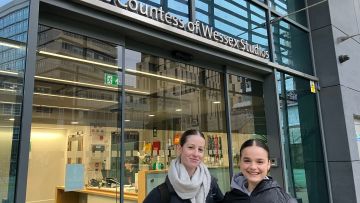
Academy ·
2024 Student Exchanges
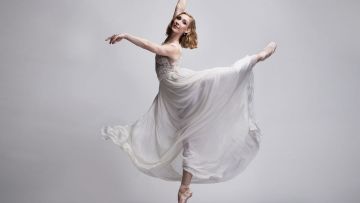
Academy ·
Q&A with Academy Teacher Lisa Edwards
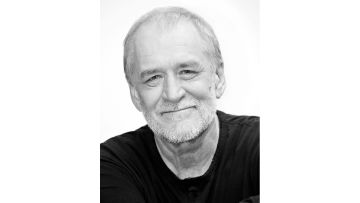
Academy ·
